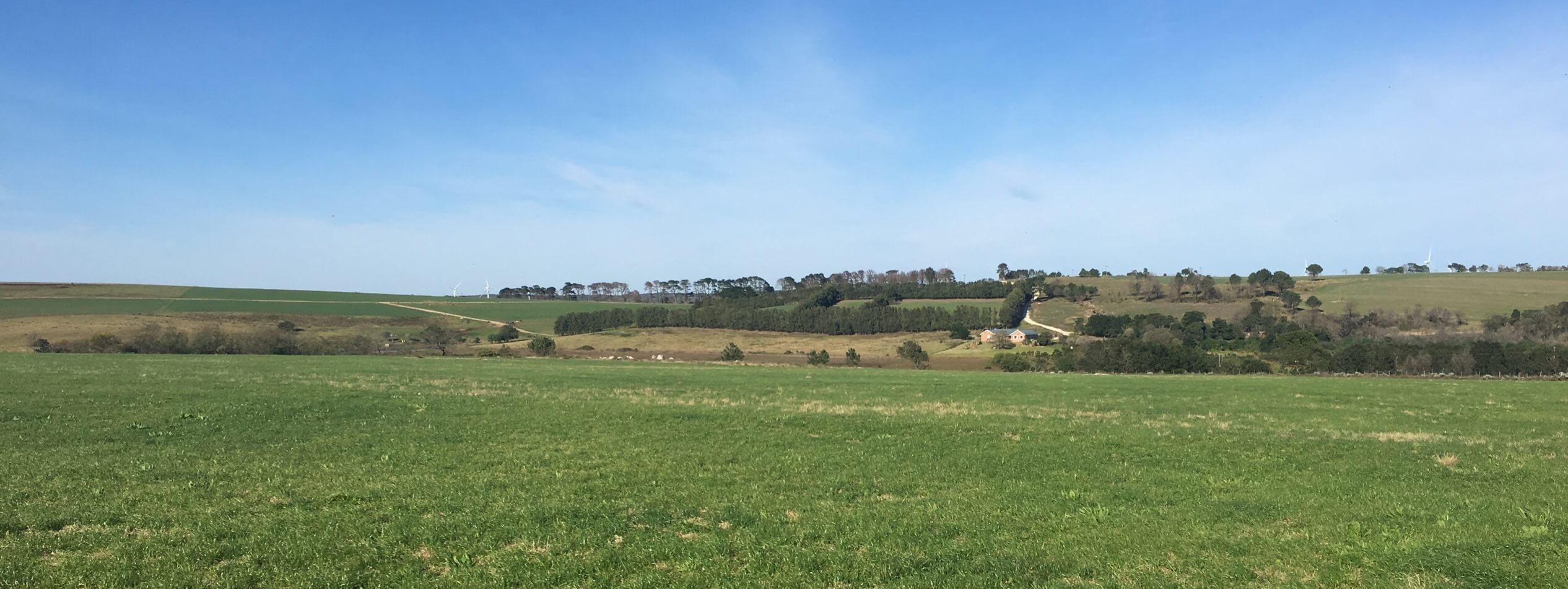Something that I have come to realise in working with farmers over the past five years is that there is a big difference between implementing a practice, and implementing a practice well. I think we all understand the difference between ideas and actually putting them into practice. What I want to discuss is the difference between putting ideas into practice in a manner that just ticks the box and putting ideas into practice in a manner that brings about tangible results.
One of the best examples of this on pasture-based dairy farms is grazing management. I think most farmers these days implement some version of rotational grazing management. There is a huge difference though between rotating cows between the 30 camps a farmer has in a regular 30 days cycle, and actually allocating a specific area of grazing each day based on pasture growth rates, the amount of biomass there is in each camp and the feed demand of the herd. This difference will be most notable in the bottom line of the farm. Another example is with irrigation scheduling. I know many farmers who have moisture probes, or other mechanisms of monitoring soil moisture, but to what extent are their irrigation practices informed by these probes? How often are farmers actually checking the accuracy of their irrigation systems? There is a lot of water, and cost, to be saved through more thorough irrigation scheduling practices. A final example I would use is nitrogen fertiliser management. I think many farmers now subscribe to the idea that nitrogen fertiliser should be minimised, but very few farmers actually make decisions based on the available information for each camp. With Trace & Save’s soil analysis the level of life, fertility and structure for each camp can be ascertained. Nitrogen fertiliser can be applied at varying rates based on the health of each camp, along with whether there are legumes present. In camps where there is abundant, active and diverse soil life, balanced fertility and good structure, there is huge opportunity to minimise nitrogen fertiliser to under 100 kg/ha/year. When these camps have legumes, this amount becomes even less. When farmers continue to apply nitrogen fertiliser at the same rates across the whole farm based on habit and old mind-sets about fertiliser management, they are missing out on big opportunities to reduce fertiliser and save money.
I believe that many farmers can unlock huge opportunities on their farms simply by taking practices that they currently implement, and just executing the practices better. Associated with this is the question of what measures farmers are using to track whether the practices they implement are actually resulting in positive change on the farm. Trace & Save is all about measured agricultural sustainability, and with good reason. You can only manage what you measure, and you can only manage well what you measure accurately. I would encourage any farmer interested in improving their farming business to consider how well they are actually executing the practices they have implemented for this purpose.
- A carbon footprint assessment for pasture-based dairy farming systems in South Africa - 2024-02-07
- What progress have farms participating with Trace & Save made over the past 10 years? - 2023-09-06
- Carbon footprint reduction over time: Lessons from pasture-based dairy farms in South Africa - 2023-09-04

